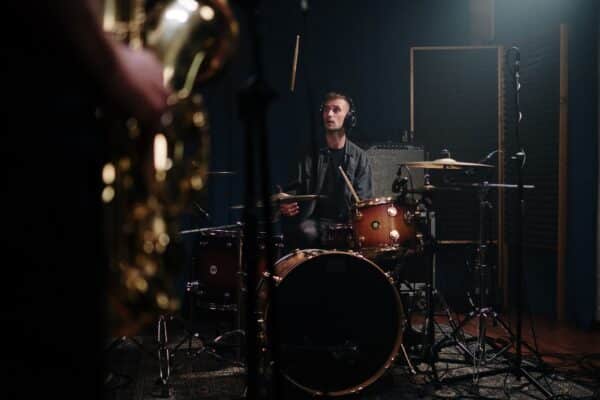
The Best 7 Headphones for Guitar Amp
As a lifelong guitarist and music enthusiast, I’ve tested my fair share of amps and headphones over the years. When

As a lifelong guitarist and music enthusiast, I’ve tested my fair share of amps and headphones over the years. When

Quality headphones are an essential tool for drummers. The right pair provides the sound isolation, durability, and audio quality needed

In my extensive experience, I have encountered a multitude of headsets claiming exceptional wireless reach, but only a select few

In my extensive experience, I have encountered a multitude of headsets claiming exceptional wireless reach, but only a select few
This website uses cookies to improve your experience. We'll assume you're ok with this, but you can opt-out if you wish.
In case of sale of your personal information, you may opt out by using the link Do Not Sell My Personal Information
Do you really wish to opt-out?